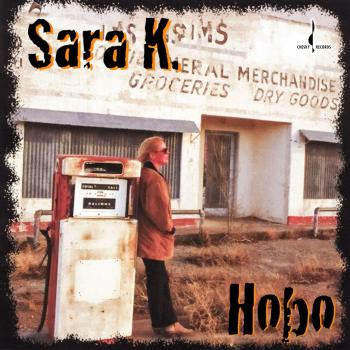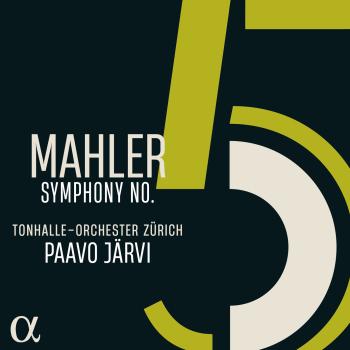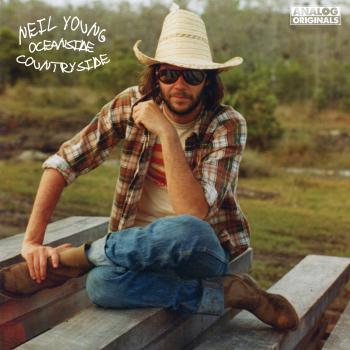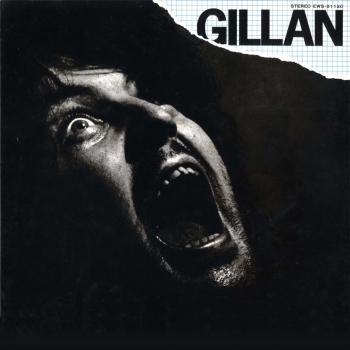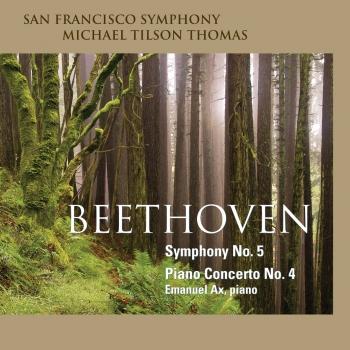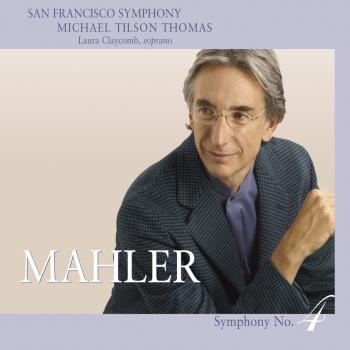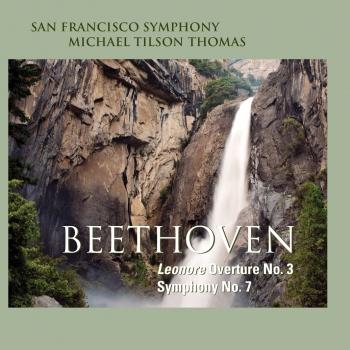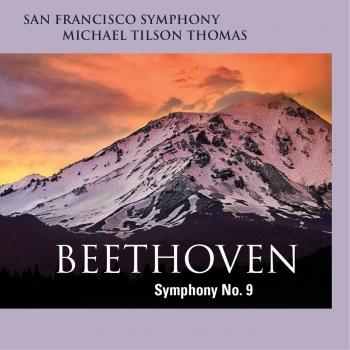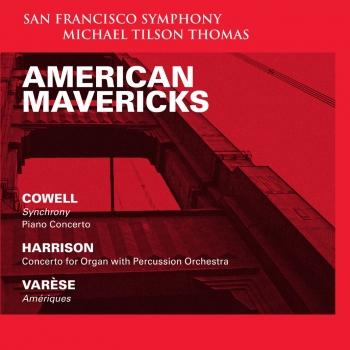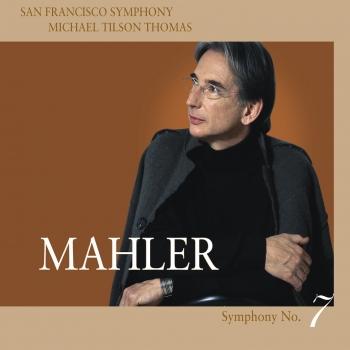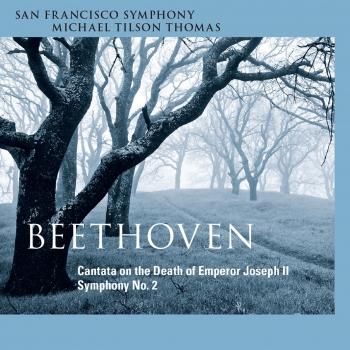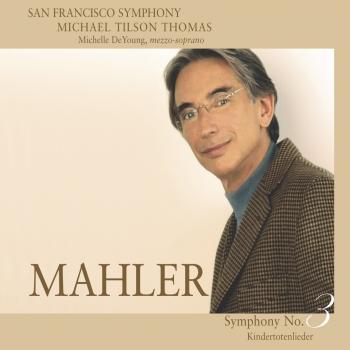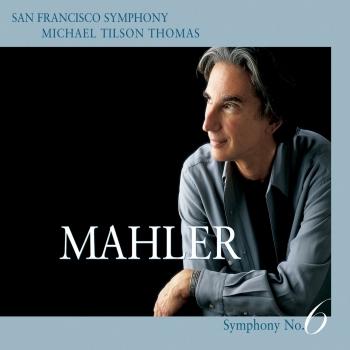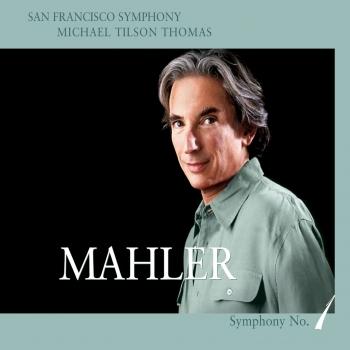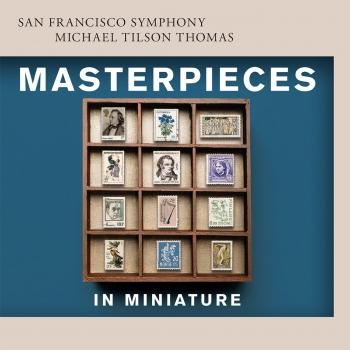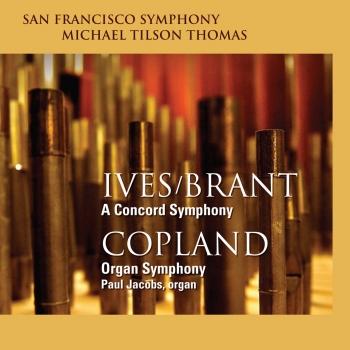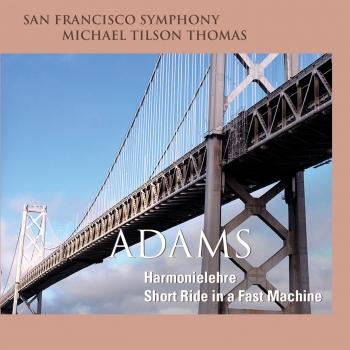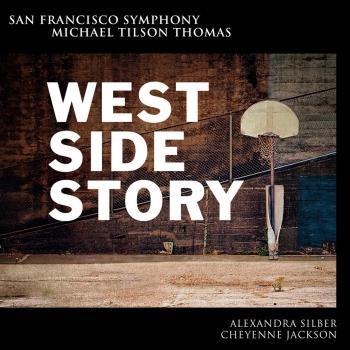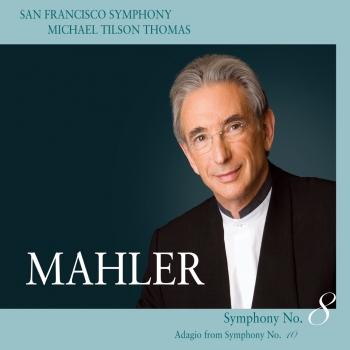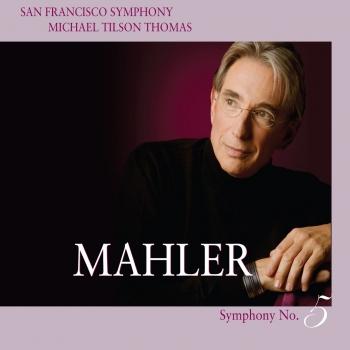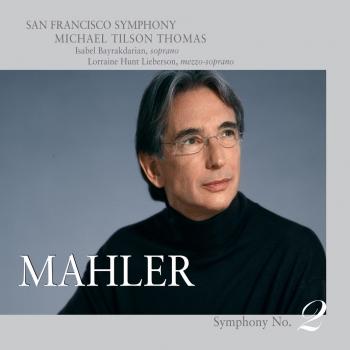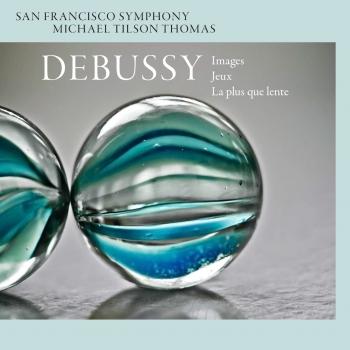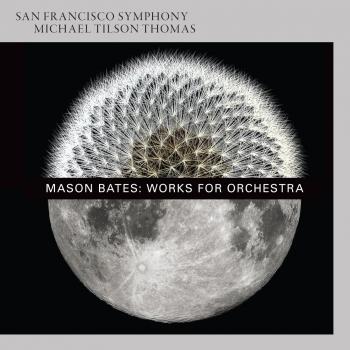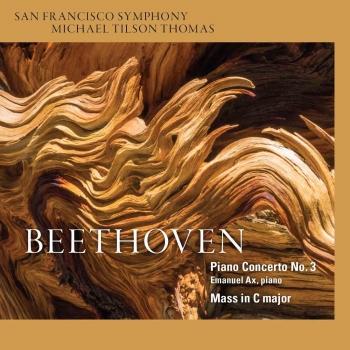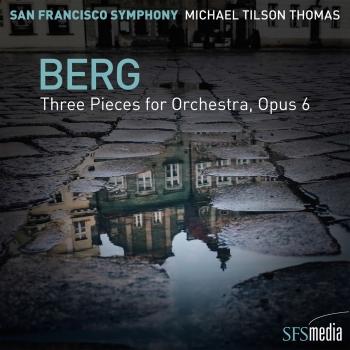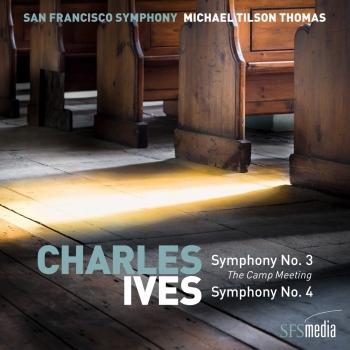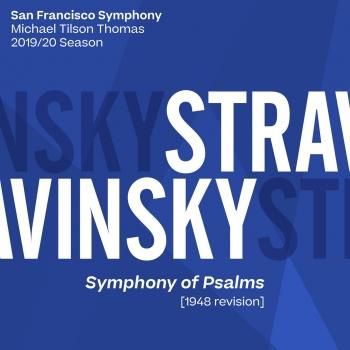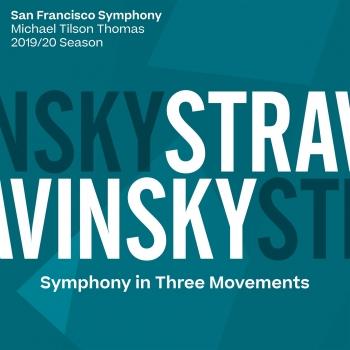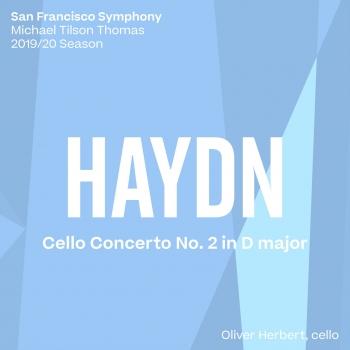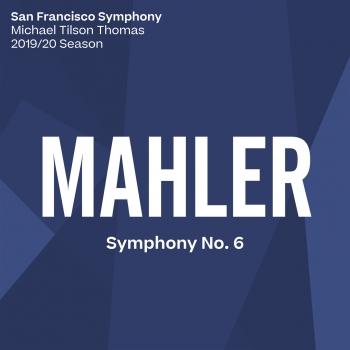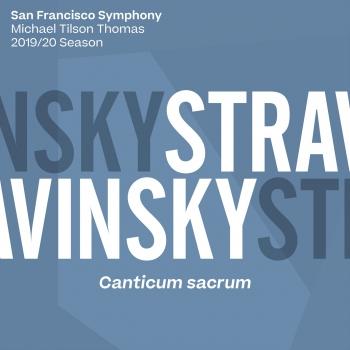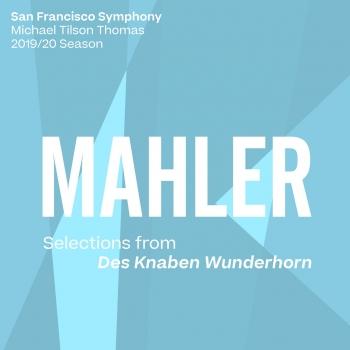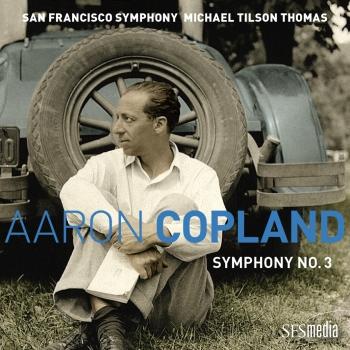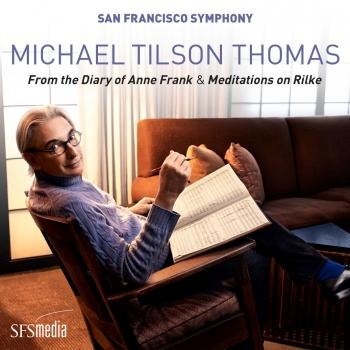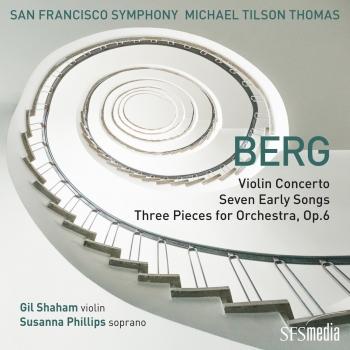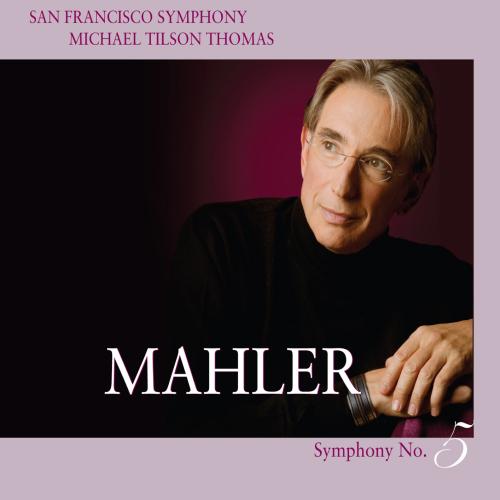
Mahler: Symphony No. 5 San Francisco Symphony & Michael Tilson Thomas
Album info
Album-Release:
2006
HRA-Release:
28.06.2017
Label: SFS Media
Genre: Classical
Subgenre: Orchestral
Artist: San Francisco Symphony & Michael Tilson Thomas
Composer: Gustav Mahler (1860-1911)
Album including Album cover Booklet (PDF)
- Gustav Mahler (1860 - 1911): Symphony No. 5:
- 1 I. Trauermarsch 12:35
- 2 II. Sturmisch bewegt, mit grosster Vehemenz 15:04
- 3 III. Scherzo 19:12
- 4 IV. Adagietto 10:49
- 5 V. Rondo-Finale 15:25
Info for Mahler: Symphony No. 5
One of today’s most significant recording cycles continues with Michael Tilson Thomas and the San Francisco Symphony offering the eighth instalment in their award-winning cycle of Mahler Symphonies, the ever-popular Fifth.
Mahler's Fifth Symphony is all about action. It was his breakthrough work--a "foaming, roaring, raging sea of sound," he called it, a work of "dancing stars." The famed Adagietto was inspired by Mahler's love for his young wife Alma.
The project’s uncommon critical and commercial success have brought the exceptional conductor-orchestra partnership two Grammy Awards and numerous citations throughout the world. Every release has entered the Top Ten of the Billboard Classical Chart. MTT has distinguished himself as one of the world’s foremost Mahler interpreters, and through his signature performances, as one of the composer’s most compelling advocates. In 2005 his achievements were recognised by The Gramophone who named him Artist of the Year.
“extraordinarily cogent performance … spectacularly well recorded … this is the recording to buy” (International Record Review)
In 1901, Mahler was acutely conscious of taking a new path. After a run of eccentric symphonies, he came back to a more “normal” design, one that could be described as concentric as well as symmetrical. The Second, Third, and Fourth symphonies had included singing, but the Fifth is an instrumental conception. The music is also leaner and harder. When he began work on the Fifth Symphony, Mahler had acquired the complete edition of Bach, and his excited discovery of what was in those volumes led him to create more polyphonic textures in his own music. But this new “intensified polyphony,” as Bruno Walter called it, demanded a new orchestral style, and that did not come easily. Mahler conducted the premiere of the Fifth Symphony with the Gürzenich Orchestra in Cologne on October 18, 1904, but he made alterations until at least 1907 (his final version, which is what you hear in this recording, was published for the first time in 1964 by the International Gustav Mahler Society, Vienna).
"Heavens, what is the public to make of this chaos in which new worlds are forever being engendered, only to crumble into ruin the next moment?" Mahler wrote his wife, Alma, after the first rehearsal. "What are they to say to this primeval music, this foaming, roaring, raging sea of sound, to these dancing stars, to these breathtaking, iridescent, and flashing breakers?” For the composer Ernst Krenek, the Fifth Symphony is the work with which Mahler enters "upon the territory of the 'new' music of the twentieth century." (excerpt from liner notes by Michael Steinberg)
San Francisco Symphony Orchestra
Michael Tilson Thomas, conductor
Recorded live at Davies Symphony Hall, San Francisco, September 28–October 2, 2005
San Francisco Symphony
The San Francisco Symphony, widely considered to be among the most artistically adventurous and innovative arts institutions in the U.S., celebrated its Centennial season in 2011-12. The Orchestra was established by a group of San Francisco citizens, music-lovers, and musicians in the wake of the 1906 earthquake, and played its first concert on December 8, 1911. Almost immediately, the Symphony revitalized the city's cultural life. The Orchestra has grown in stature and acclaim under a succession of distinguished music directors: American composer Henry Hadley, Alfred Hertz (who had led the American premieres of Parsifal, Salome, and Der Rosenkavalier at the Metropolitan Opera), Basil Cameron, Issay Dobrowen, the legendary Pierre Monteux (who introduced the world to Le Sacre du printemps and Petrushka), Enrique Jordá, Josef Krips, Seiji Ozawa, Edo de Waart, Herbert Blomstedt (now Conductor Laureate), and current Music Director Michael Tilson Thomas (MTT). Led by Tilson Thomas, who begins his nineteenth season as Music Director in 2013-14, the SFS presents more than 220 concerts annually, and reaches an audience of nearly 600,000 in its home of Davies Symphony Hall, through its multifaceted education and community programs, and on national and international tours.
Since Tilson Thomas assumed his post as the SFS's eleventh Music Director in September 1995, he and the San Francisco Symphony have formed a musical partnership hailed as one of the most inspiring and successful in the country. His tenure with the Orchestra has been praised for outstanding musicianship, innovative programming, highlighting the works of American composers, and bringing new audiences to classical music. In addition, the Orchestra has been recognized nationally and internationally as a leader in music education and for the use of multimedia, television, technology, and the web to make classical music available worldwide to as many people as possible. MTT now is the longest-tenured music director for a major American orchestra, and the longest-serving music director in the San Francisco Symphony's history.
In its Centennial season, the Orchestra reprised its acclaimed American Mavericks Festival of music by pioneering modern American composers, featuring the world premieres of four commissioned works in two weeks of concerts at Davies Symphony Hall and on a two-week national tour, including four performances at Carnegie Hall. The San Francisco Symphony regularly mounts special weeklong semi-staged productions with multimedia, hosted and curated by MTT, and in 2012-13 presented specially staged performances of Grieg's Peer Gynt and the first concert performances by an orchestra of the complete music from Bernstein's West Side Story, which were recorded for release on SFS Media. Tilson Thomas and the Orchestra also dedicated several weeks to explorations of the music of Beethoven, selections of which were recorded for SFS Media, and Stravinsky, on the occasion of the 100th anniversary of the premiere of his Rite of Spring.
Since 1996, when Tilson Thomas led the Orchestra on the first of their more than a dozen national tours together, they have continued an ambitious yearly touring schedule that takes them to Europe, Asia and throughout the United States. In March 2014 they return to Europe for a three-week tour performing repertoire from the SFS Media catalogue including John Adams' Absolute Jest, Ives' A Concord Symphony, Mahler's Symphony No. 3, and Berlioz' Symphonie fantastique at two concerts each in London, Paris, and Vienna, and performances in Prague, Geneva, Luxembourg, Dortmund, and Birmingham. In 2012, they performed during a two-week national American Mavericks tour and a two-week tour of Asia with pianist Yuja Wang in Beijing, Shanghai, Hong Kong, Tokyo, Taipei, and Macau. In 2011, they made a three-week tour of Europe, culminating in Vienna performances of three Mahler symphonies to commemorate the anniversaries of the composer's birth and death. Recent touring highlights also include a three-week 2007 European tour that featured two televised appearances at the BBC Proms in London and concerts at several other major European festivals.
The Orchestra's recording series on SFS Media continues to reflect the artistic identity of its programming, including its commitment to performing the work of American maverick composers alongside that of the core classical masterworks. The San Francisco Symphony has recorded works from the American Mavericks Festival
concerts by Henry Cowell, Lou Harrison, and Edgard Varèse with pianist Jeremy Denk and organist Paul Jacobs, and won a 2013 Best Orchestral Performance Grammy award for its recording of John Adams' Harmonielehre and Short Ride in a Fast Machine. Other recently recorded works include Beethoven's Symphonies No. 5, 7, 9, and Piano Concerto No. 4, with soloist Emanuel Ax; Ives' A Concord Symphony; and Copland's Organ Symphony with Paul Jacobs. A live performance of John Adams' Absolute Jest with the St. Lawrence String Quartet and the Orchestra was recorded for future release on SFS Media, and live performances of Beethoven's Symphony No. 2 and Cantata on the Death of Emperor Joseph II was released in November 2013. Tilson Thomas and the Orchestra have recorded all nine of Gustav Mahler's symphonies and the Adagio from the unfinished Symphony No. 10, and the composer's works for voices, chorus, and orchestra for SFS Media. Their 2009 recording with the SFS Chorus of Mahler's sweeping Symphony No. 8, Symphony of a Thousand, and the Adagio from Symphony No. 10 won three Grammy awards, including Best Classical Album and Best Choral Performance. Other significant recordings include scenes from Prokofiev's Romeo and Juliet, a collection of Stravinsky ballets, a Gershwin collection, and Charles Ives: An American Journey, among others. In addition to fifteen Grammy awards, seven of them for the Mahler cycle, the SFS has won some of the world's most prestigious recording awards, including Japan's Record Academy Award, France's Grand Prix du Disque, and Germany's ECHO Klassik Award.
Tilson Thomas and the SFS launched the national Keeping Score PBS television series and multimedia project in 2006 to help make classical music more accessible to people of all ages and musical backgrounds. The project, an unprecedented undertaking among orchestras, is anchored by eight composer documentaries, hosted by Tilson Thomas, and eight live concert films; it also includes www.keepingscore.org, an innovative website to explore and learn about music; a national radio series; documentary and live performance DVD and CDs; and an education program for K-12 schools to further teaching through the arts by integrating classical music into core subjects. More than six million people have seen the Keeping Score television series, and the radio series has been broadcast on almost 100 stations nationally.
The San Francisco Symphony provides the most extensive education programs offered by any American orchestra today. In 1988, the Symphony established Adventures in Music (AIM), a free, comprehensive music education program that reaches every first- through fifth-grade child in the San Francisco Unified School District. The SFS Instrument Training and Support program reaches students in all San Francisco public middle and high schools with instrumental music programs, providing coaching by professional musicians. The Symphony expanded its educational offerings in 2011-12 with Community of Music Makers, a program that supports amateur choral singers and instrumental musicians with professional coaching by SFS musicians, rehearsals, and other learning opportunities. In development is a revitalized children's music education website, www.sfskids.org, created in conjunction with the UC Irvine Center for Computer Games and Virtual Worlds. The SFS also offers opportunities to hear and learn about great music through its programs Concerts for Kids, Music for Families, the internationally-acclaimed SFS Youth Orchestra, and annual free and community concerts.
Booklet for Mahler: Symphony No. 5






